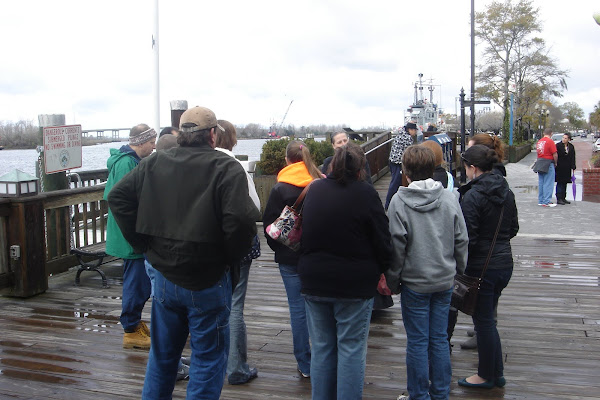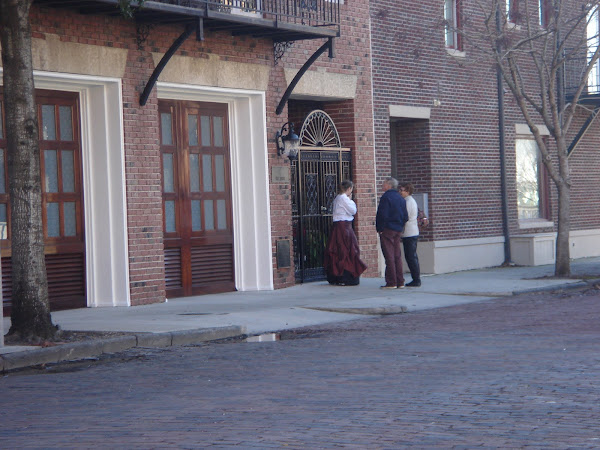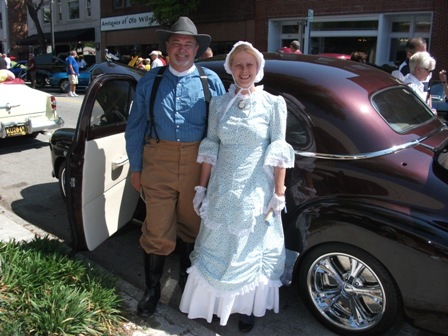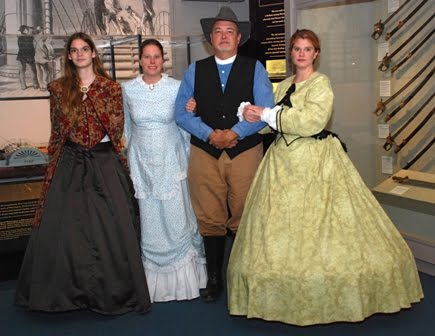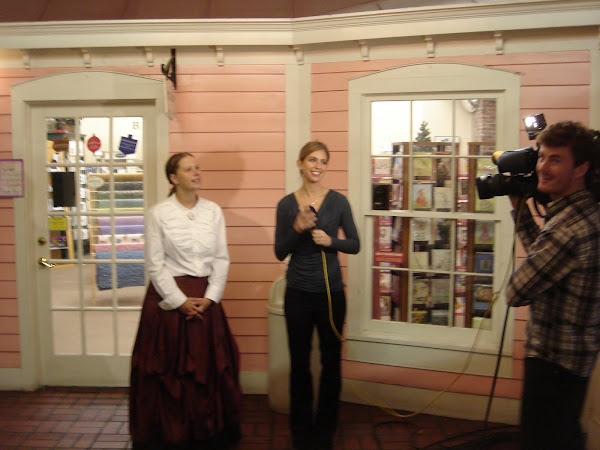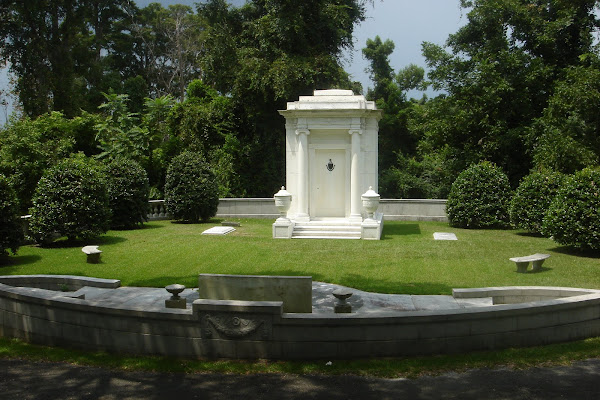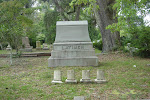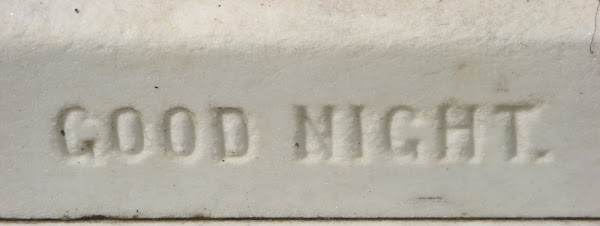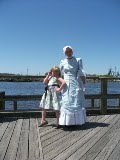e mail us @ lori.touroldwilmington@gmail.com
History Walking Tours
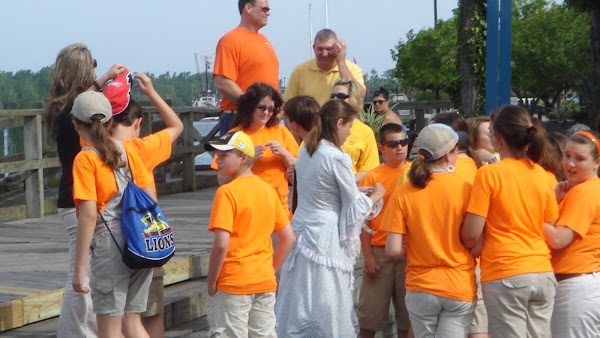
Open Year Round
3rd Graders on Tour!
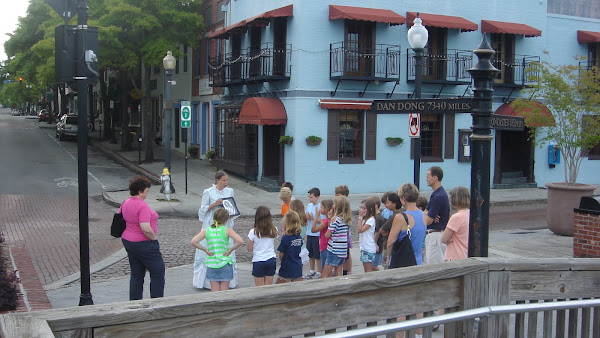
History Walking Tour for all ages!
Society and the Home Front
The course of the American Civil War (1861-1865) has occupied the attention of generations of historians, with much of the literature concentrating on battlefield engagements and political and military leadership. The field of social history, first coming into light in the 1960s and 1970s, however, inspired a new wave of scholars to explore the lives of ordinary, everyday individuals, the collective experiences of previously neglected social groups, and largely ignored themes such as labor history. This “bottom up” approach to the past opened up new doors in the area of Civil War that, since 1990, historians have only begun to enter. Such studies offer a broader view of how the war affected American life and its people and demonstrate that the conflict was more than just booming cannons and “notable figures.” These studies explore a wide range of topics--from the reorganization of family life and changes in race relations to children’s reactions to war and transformations in ethnic communities--in an effort to demonstrate the war’s far reaching influence on American life. Moreover, stories of the home front illuminate the role of noncombatants in sustaining the military effort and their endurance of the emotional and material hardships caused by war. An examination of the social history of the war should not come at the expense of understanding military engagements and those who led the charge of battles. On the contrary, we should move toward a more inclusive approach to understanding the Civil War, one that embraces civilians and soldiers, home and battlefronts.
I have chosen to concentrate on women and gender to illustrate the benefits of casting our analytical net wider to include social history. Prior to the conflict, women held few legal, political, and economic rights. Social prescriptions of the antebellum era valued women for their maternal and domestic roles and encouraged patriarchal dependency. They gained some degree of property and educational rights in the prewar era and found a public role through benevolent work. Nevertheless, these advancements did little to alter their overall rights as citizens or change popular sentiment concerning the “proper” place of women.
The Civil War, however, created new opportunities for women. When men left the home, their wives, daughters, and mothers assumed many of the male-oriented roles in and outside the household, becoming plantation managers and running their husbands’ businesses. The economic exigencies of war also brought women into new areas of paid employment. Southern women, for example, who faced increased supply shortages and inflation by 1863, sought work outside the home to supplement the family income. As a result, women from all class ranks found jobs such as government clerks and teachers. The need to supply soldiers on both sides also demanded the participation of civilians. In response, women entered new areas of public activism through the soldiers’ aid societies in the South and U.S. Sanitary Commission in the North. In addition to their material contributions, women played an essential role in sustaining ideological support for the war, joining in public displays of patriotism such as parades and community pageants. African American women likewise seized the opportunities that war created. Northern black women served in a number of wartime organizations assisting African American communities while hundreds of female slaves in the South fled to Union camps, where many found jobs as washerwomen and cooks.
The economic, political, and civic roles created in the Civil War era became a defining moment for women. At the end of the war, many willingly supported a return to the prewar gender status quo. But, the conflict had changed the course of women’s lives. In the following decades, they underwent numerable changes, including mobilizing the suffrage movement, expanding women’s participation in the workforce in areas such as teaching, and participating in civic organizations ranging in interest from the soldiers’ memorial movement to social reform.
Recent studies on the interaction between women and soldiers demonstrate how the intersection of gender and military policy shaped the course of the war. The southern female population in occupied New Orleans, for example, continually resisted submission to Union General Benjamin Butler and his men. Defying the enemy at every turn, they avoided the federal flag and, in one instance, dumped chamber pots from their balconies onto the heads of passing Union soldiers. In response, Butler issued his famous General Order no. 28 which prohibited women’s public demonstrations against the federal soldiers and United States government. Jacqueline Glass Campbell, in her study of General William Tecumseh Sherman’s march from the sea through the Carolinas, offers an innovative approach to a subject traditionally covered in military studies. Campbell argues that the interaction of Sherman’s men with southern women helped politicize the home and helped reenergize civilian morale during a time of material deprivation. The Union’s policy of foraging the countryside for supplies greatly affected the domestic life of southern women. The personal contact with soldiers, moreover, riled the animosities of southern women toward the enemy, helping to sustain their enthusiasm for the Confederate mission despite their war weariness.
Some Civil War historians have joined the cadre of scholars focusing on the cultural meaning of gender. Moving beyond an analysis of male-female relationships, these historians explore how notions of masculinity and femininity shaped political discourse, social ideology, and economic roles, all of which greatly affected the course and outcome of the war. For example, Stephen Kantrowitz’s essay on ideals of manhood among male abolitionists in Massachusetts illustrates how the Civil War produced conflicting assumptions of masculinity between white and black men. White abolitionists, according to Kantrowitz, defined their masculine duty based on secret, subversive associations while African American males sought to legitimate their anti-slavery activism through more formal means, such as enrollment in the federal military.
Exploring the lives of women during the war as well as changing gender relations and identity demonstrates that the conflict was more than just great battles and great men. In fact, if we cast our gaze to the thousands of men and women who occupied the home front, we can see how much the war affected everyday individuals as well as the paramount role noncombatants played in sustaining the military cause.
Sources:
Jacqueline Glass Campbell, When Sherman Marched North from the Sea: Resistance on the Confederate Homefront (Chapel Hill, 2003); Joan E. Cashin, ed., The War Was You and Me: Civilians in the American Civil War (Princeton, 2002); Catherine Clinton and Nina Silber, eds., Divided Houses: Gender and the Civil War (New York, 1992); Stephen Kantrowitz, “Fighting Like Men: Civil War Dilemmas of Abolitionist Manhood,” in Battle Scars: Gender and Sexuality in the American Civil War, Catherine Clinton and Nina Silber, eds. (New York: Oxford University Press, 2006); Maris Vinovskis, ed., Toward a Social History of the American Civil War (Cambridge, 1990).
By Victoria E. Ott, Birmingham-Southern College
See Also:
Related Categories: Civil War, Women
Related Encyclopedia Entries: The Spanish - American War, Edward Vail (1717-1777), Braxton Bragg (Mexican War) (1817-1876), James K. Polk (1795-1849), James Iredell Waddell (1824-1886), CSS Neuse, USS Underwriter, Hillsborough Confrontation (1768), William Hawkins (1777-1819), Otway Burns (1775-1850), Johnston Blakely (1781-1814), Henry Toole Clark, George E. Preddy (1919-1944), Prelude to the Battle of Averasboro, The Battle of Averasboro-Day One, The Battle of Averasboro- Day Two, Braxton Bragg (1817-1876), Fort Clark, Civil War, Robert Fredrick Hoke (1837-1912), Lance Incorporated, Harriet Jacobs (1813-1897) , Archibald Maclaine (1728-1790), House in the Horseshoe, Philip Alston, Battle of Alamance, David Fanning (1755-1825), Battle of Guilford Court House, The Walton War, James Reilly ( ? - 1894), Howell Gilliam Trogdon (1840 - 1894), Battle at the Mouth of Sandy Creek, Parker David Robbins (1834-1917), Henry Eppes (1831-1917), Battle of Plymouth (1864), Washington County (1799), Salisbury Prison (Civil War), Gatling Gun, Battle of Moore's Creek Bridge, Rutherford's Campaign, John W. Ellis (1820-1862), Bunker Hill Covered Bridge, Secession, Salem Brass Band, Confederate States Navy (in North Carolina), United States Navy (Civil War activity), Warren Winslow (1810-1862), Louis Froelich and Company, Louis Froelich (1817-1873), North Carolina Button Factory, CSA Arms Factory, Ratification Debates, Peace Party (American Civil War), Daniel Harvey Hill (1821-1889), Battle of Bentonville, Bryan Grimes (1828-1880), Fort Hatteras, Fort Fisher, Fort Macon, Daniel Russell (1845-1908), The Impending Crisis of the South: How to Meet It, Union League, Incidents in the Life of a Slave Girl, Levi Coffin (1798 – 1877), Raleigh E. Colston (1825 - 1896) , Thomas Fentriss Toon (1840-1902), Battle of Forks Road, Aaron McDuffie Moore (1863-1923), Fort Anderson (Confederate), Battle of Deep Gully and Fort Anderson (Federal), James T. Leach (1805-1883), Sarah Malinda Pritchard Blalock (1839-1903), Thomas Bragg (1810-1872), Curtis Hooks Brogden (1816-1901), John Motley Morehead (1796-1866), David Lowry Swain (1801-1868), Zebulon Baird Vance (1830-1894), Alamance County (1849), Gates County (1779), Clay County (1861), Lenoir County (1791), Union County (1842), Teague Band (Civil War), Fort Hamby Gang (Civil War), Shelton Laurel Massacre , Hertford County (1759), Rutherford County (1770), Granville County (1746), Stoneman's Raid, James City, Fort York, Asa Biggs (1811 - 1878), Thomas Clingman (1812 - 1897), Matt W. Ransom (1826 - 1904), St. Augustine's College, Peace College
Related Commentary: Edward Bonekemper on the Cowardice of General McClellan
Related Lesson Plans: Civil War in North Carolina, Discussion of the Lunsford Lane Narrative
Timeline: 1836-1865
Region: Statewide
Related Encyclopedia Entries: The Spanish - American War, Edward Vail (1717-1777), Braxton Bragg (Mexican War) (1817-1876), James K. Polk (1795-1849), James Iredell Waddell (1824-1886), CSS Neuse, USS Underwriter, Hillsborough Confrontation (1768), William Hawkins (1777-1819), Otway Burns (1775-1850), Johnston Blakely (1781-1814), Henry Toole Clark, George E. Preddy (1919-1944), Prelude to the Battle of Averasboro, The Battle of Averasboro-Day One, The Battle of Averasboro- Day Two, Braxton Bragg (1817-1876), Fort Clark, Civil War, Robert Fredrick Hoke (1837-1912), Lance Incorporated, Harriet Jacobs (1813-1897) , Archibald Maclaine (1728-1790), House in the Horseshoe, Philip Alston, Battle of Alamance, David Fanning (1755-1825), Battle of Guilford Court House, The Walton War, James Reilly ( ? - 1894), Howell Gilliam Trogdon (1840 - 1894), Battle at the Mouth of Sandy Creek, Parker David Robbins (1834-1917), Henry Eppes (1831-1917), Battle of Plymouth (1864), Washington County (1799), Salisbury Prison (Civil War), Gatling Gun, Battle of Moore's Creek Bridge, Rutherford's Campaign, John W. Ellis (1820-1862), Bunker Hill Covered Bridge, Secession, Salem Brass Band, Confederate States Navy (in North Carolina), United States Navy (Civil War activity), Warren Winslow (1810-1862), Louis Froelich and Company, Louis Froelich (1817-1873), North Carolina Button Factory, CSA Arms Factory, Ratification Debates, Peace Party (American Civil War), Daniel Harvey Hill (1821-1889), Battle of Bentonville, Bryan Grimes (1828-1880), Fort Hatteras, Fort Fisher, Fort Macon, Daniel Russell (1845-1908), The Impending Crisis of the South: How to Meet It, Union League, Incidents in the Life of a Slave Girl, Levi Coffin (1798 – 1877), Raleigh E. Colston (1825 - 1896) , Thomas Fentriss Toon (1840-1902), Battle of Forks Road, Aaron McDuffie Moore (1863-1923), Fort Anderson (Confederate), Battle of Deep Gully and Fort Anderson (Federal), James T. Leach (1805-1883), Sarah Malinda Pritchard Blalock (1839-1903), Thomas Bragg (1810-1872), Curtis Hooks Brogden (1816-1901), John Motley Morehead (1796-1866), David Lowry Swain (1801-1868), Zebulon Baird Vance (1830-1894), Alamance County (1849), Gates County (1779), Clay County (1861), Lenoir County (1791), Union County (1842), Teague Band (Civil War), Fort Hamby Gang (Civil War), Shelton Laurel Massacre , Hertford County (1759), Rutherford County (1770), Granville County (1746), Stoneman's Raid, James City, Fort York, Asa Biggs (1811 - 1878), Thomas Clingman (1812 - 1897), Matt W. Ransom (1826 - 1904), St. Augustine's College, Peace College
Related Commentary: Edward Bonekemper on the Cowardice of General McClellan
Related Lesson Plans: Civil War in North Carolina, Discussion of the Lunsford Lane Narrative
Timeline: 1836-1865
Region: Statewide
NorthCarolinahistory.org: An Online Encyclopedia, “Lunsford Lane” (by Troy Kickler), http://northcarolinahistory.org (accessed August 15, 2005).
- or -
- or -













